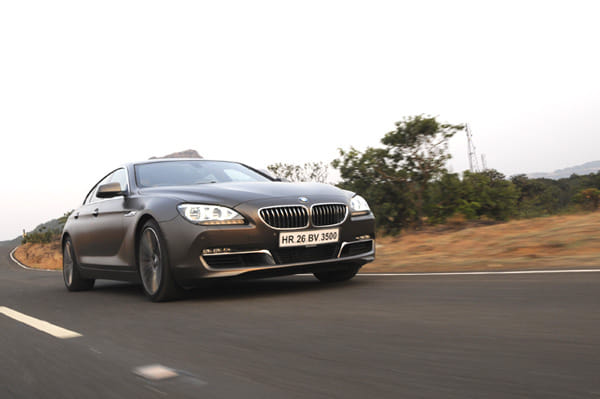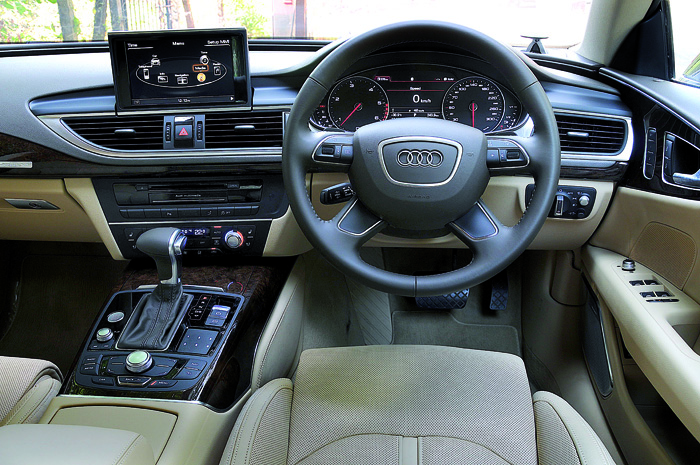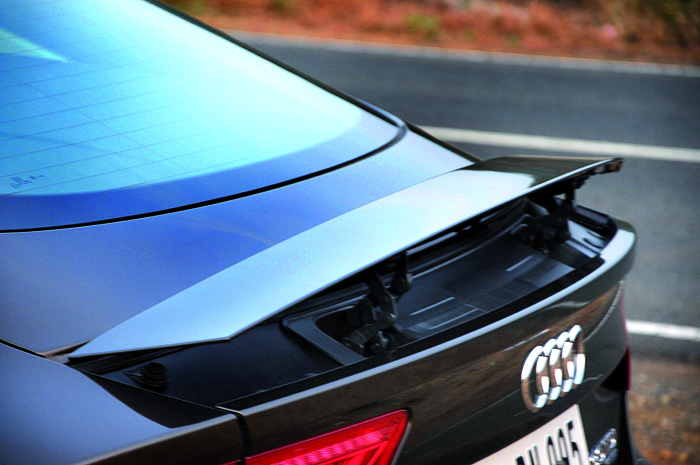The luxury saloon segment here is niche and hence requires carmakers to exercise great care when tackling it. This approach results, more often than not, in cars that are the ultimate combination of driving pleasure and comfort. And this pair, the new BMW 640d Gran Coupé and the Audi A7 3.0 TDI, are two shining examples of how great engineering and design can blend.
Leaner, fitter, stronger-performing and better-looking versions of regular luxury saloons, these cars blend practicality and excitement like no other class of car can. They are more expensive and their cabins are not as large, but they come laden with enough visual appeal and performance to help transform them into something altogether more exciting. These cars work pretty well for the Indian customer too. First, they stand out from the crowd. Then, both these cars offer huge performance, 309bhp for the BMW and 245bhp for the Audi. They are, importantly, both available as diesels (Merc’s segment-defining CLS isn’t), which adds practicality, and both have sufficient passenger and luggage space. But which car is better?

Design and styling
For a start, both cars look absolutely stunning. Both have low-slung profiles, with several inches chopped off their cabin pillars and visually arresting details.
The Gran Coupé is one of the most good looking BMWs ever. The manufacturer has excelled with this car’s execution. The extra space between the wheels and the beautifully arched roof actually help give it an identity of its own. The long and elegant shape also rests on a broad base, and that upward sweeping cut that runs along the bottom of the front door is just right.
Audi’s A7 is also quite a looker. Audi’s big grille almost sweeps the floor, there’s the equivalent of a front spoiler ‘bent’ across the chin and the LED headlights, angled upwards, lend a menacing air. One deft stroke of the designer’s brush also takes the roof to the rear in an elegant arc. That said, from the rear three-quarters, it does appear a little ungainly.



